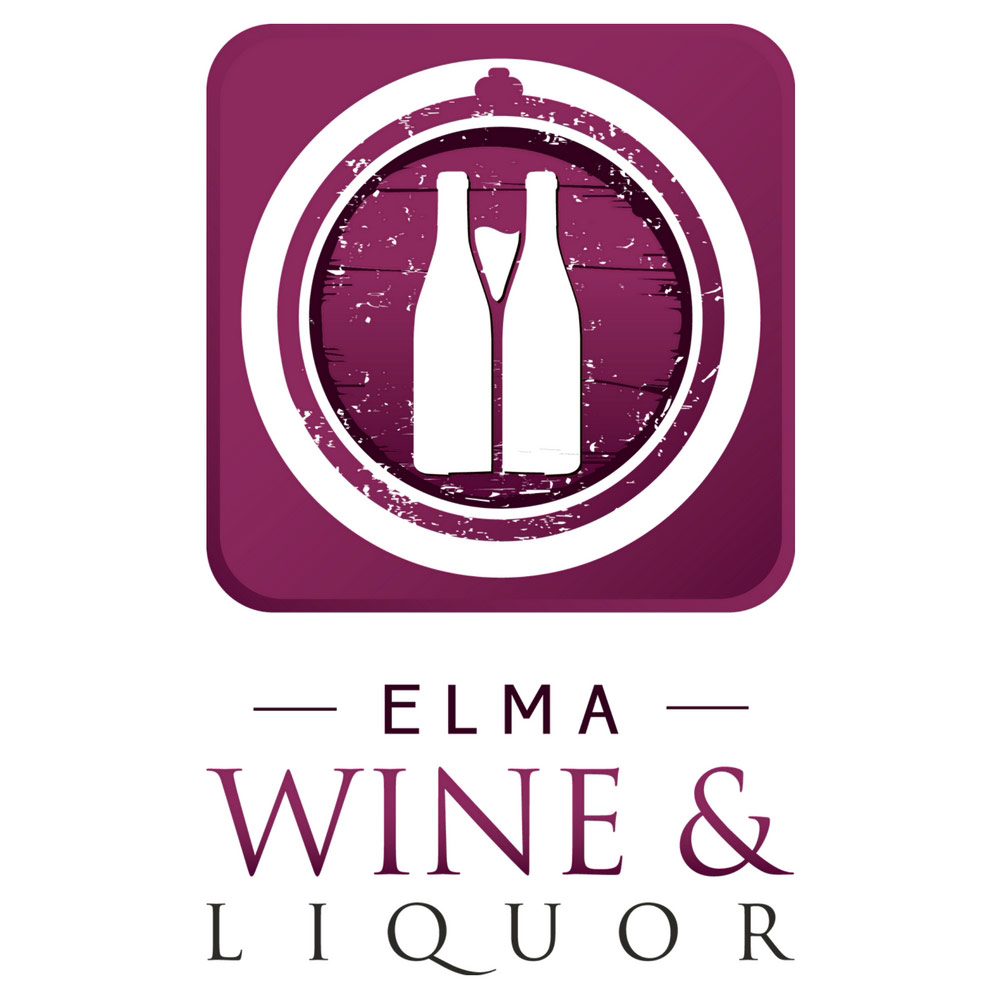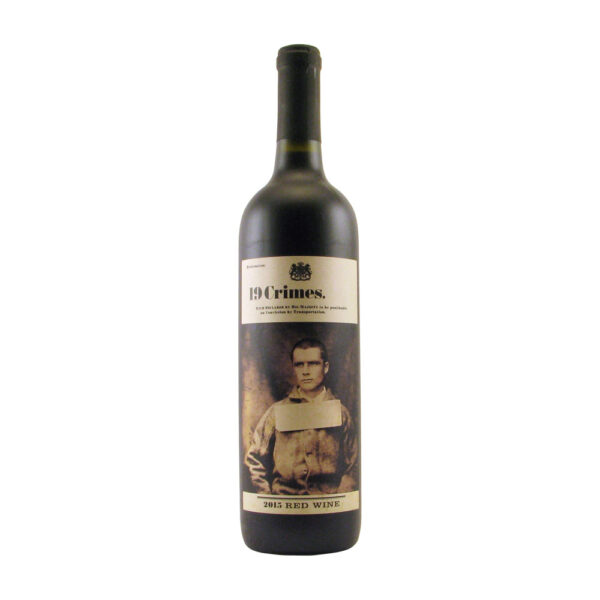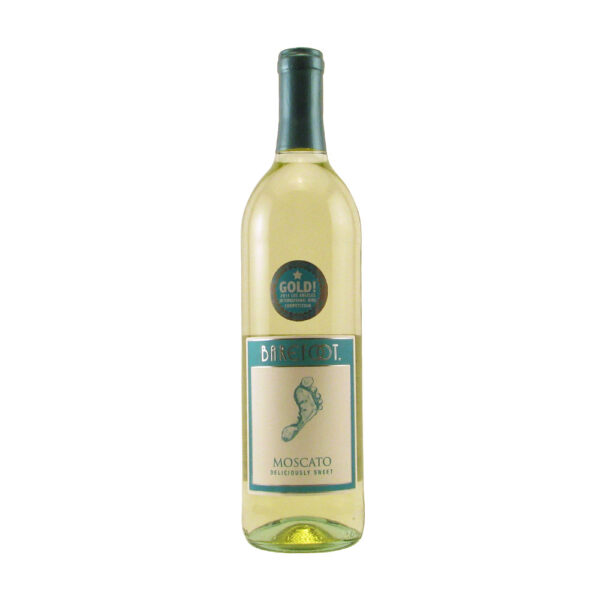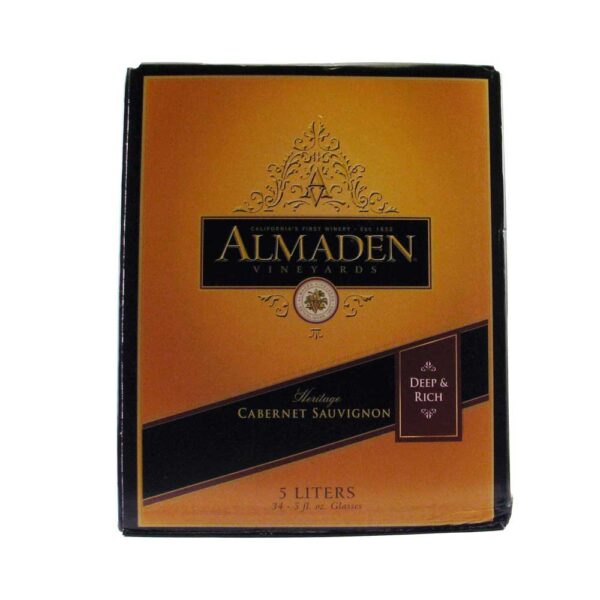Description
Château La Freynelle Bordeaux Cabernet Sauvignon
Chateau La Freynelle is a 75 hectare estate in the village of Daignac, in the heart of the Entre-Deux-Mers region of Bordeaux. The property is adjacent to the famous Chateau Bonnet owned by the Lurton family. It produces award-winning red, white, and rose Bordeaux wines. Veronique Barthe, the present owner of Chateau La Freynelle, inherited the estate at the age of 22. La Freynelle has been in the Barthe family since 1789, however Ms. Barthe is the first woman winemaker in 7 generations of family ownership. Ms. Barthe oversees the viticulture and vinification of the wine, and manages sales. La Freynelle’s wines have a finesse and quality that surpasses its neighbors and is one of the top Bordeaux available in its price category.
Château La Freynelle Bordeaux Cabernet Sauvignon Notes To Your Senses:
- TASTE: Ripe black fruit mingle with spice, vanilla and finish with silky tannins
- AROMA: Rich ripe flavors of black currant, blackberries and spice
- APPEARANCE: Red
- ABV: 13.5%
Red Wine:
Bringing out the best aromas and flavors of red wine can be achieved through the correct storage of temperature, generally between 50 to 55 degrees. Of course, this is a general rule of thumb as it depends on the grapes used when producing wine. There are so many health benefits due to the tannin. Procyanidins are a type of condensed tannin that is found in green tea and dark chocolate. Speaking of health young red wines are better than old as they have more tannin. However, as red wine ages, they become lighter. Very old wines are translucent and pale.
Vitis vinifera originating from Eastern Europe makes up most of the common varieties of red wine. The aromas of red wine come from grapes only. Cherry, berry, jam, and herbs are all from fermented grapes and wine aging in oak barrels. Pretty simple for such a rich, complex, and tasteful wine!
Master Sommelier Little Known, Big Facts:
- The color of wine depends on the fermentation extracts using skin, like Red wine as compared to white wine, leaving the skin behind
- The oldest bottle of wine dates back to A.D. 325; it was found in Germany inside two Roman sarcophaguses
- The worst place to store wine is usually in the kitchen because it’s typically too warm, in refrigerators, their warmest setting can be too cold
- Richer heavier foods usually pair well with richer, heavier wines; light wines pair with lighter foods
- Generally, a vintage wine is a product of a single year’s harvest, not when the wine is bottled
- A “dumb” wine refers to the lack of odor while a “numb” wine has no odor and no potential of developing a pleasing odor in the feature
- If a server or sommelier hands you a cork, don’t smell it, look for the date or other information ( mold, cracking, or breaks)
- Tannin is a substance that tingles the gums when you indulge your palate with a sip of wine, it’s an excellent antioxidant
- Smell is by far the most important sense when it comes to drinking wine
- Wine was first developed in Mesopotamia, not France
- French wines are labeled following the soil on which they are produced, not according to the grape used
- When chilling wine, adding salt to ice will cool it down faster
Warnings:
You must be 21 or over to purchase this product
Instructions:
serve chilled or at room temperature






Reviews
There are no reviews yet.